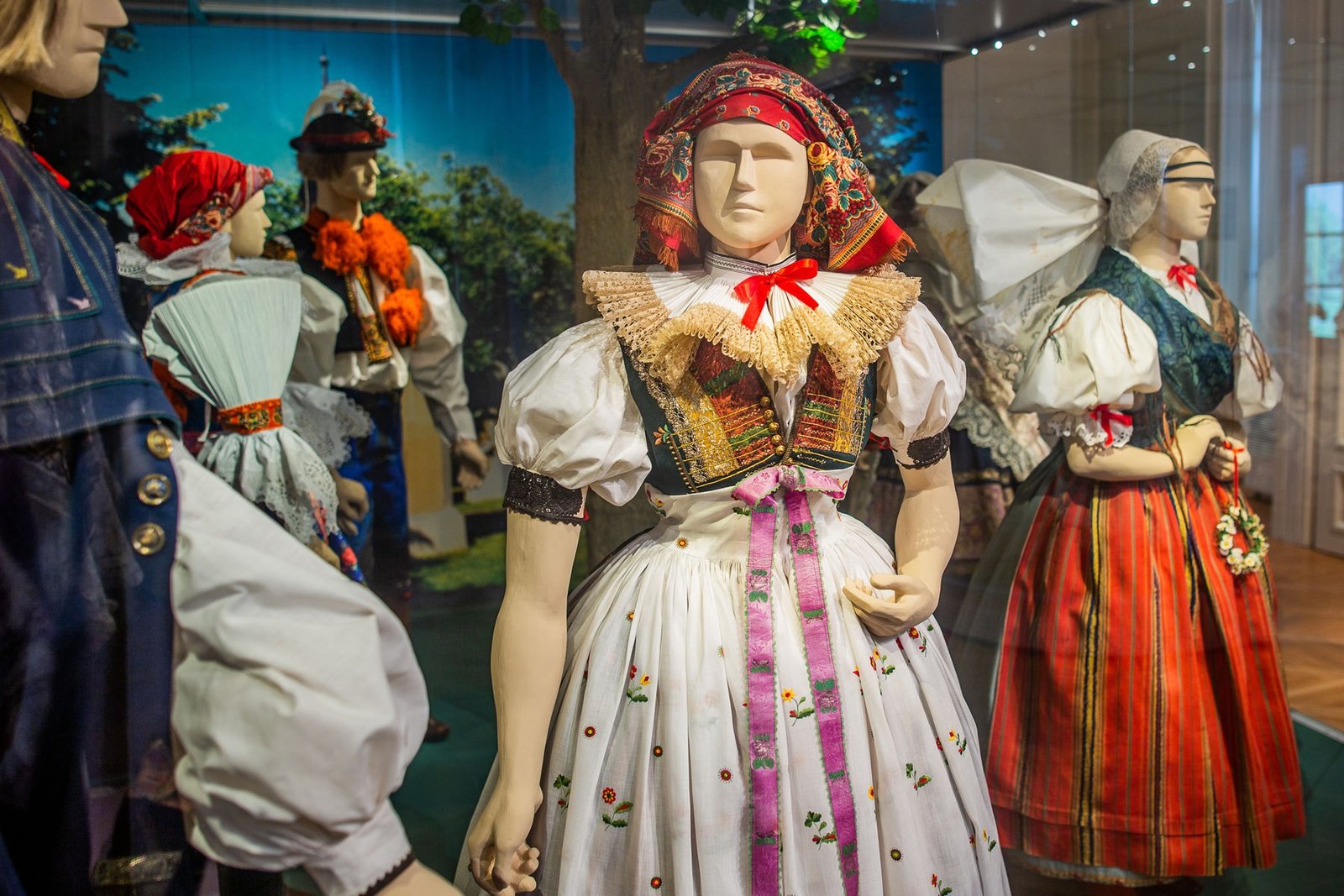Přeldač, a vibrant and intricate form of Czech folk art, adorns textiles with a unique blend of colorful geometric patterns and symbolic motifs. This rich textile tradition, born from the creativity and resourcefulness of rural communities, has become a cherished aspect of Czech cultural heritage. Let’s delve into the world of přeldač, exploring its history, techniques, and enduring significance.
A Tapestry of History
The exact origins of přeldač remain shrouded in some mystery, but historical evidence suggests its roots can be traced back to at least the 16th century. Early examples were primarily crafted in the Moravian region of the Czech Republic, particularly in villages nestled along the White Carpathian Mountains. These textiles were not merely decorative; they served a multitude of purposes in everyday life. Přeldač adorned clothing, from simple work garments to festive attire, adding a touch of beauty and individuality to everyday wear. It also graced household items like tablecloths, bedspreads, and curtains, infusing warmth and color into domestic spaces.
The materials used in přeldač were as practical as they were beautiful. Linen, readily available and known for its durability, was the most common fabric base. Cotton and wool were also employed, particularly in later periods. Natural dyes, extracted from plants, insects, and minerals, imbued the textiles with a rich palette of colors. Indigo, madder, and weld were frequently used to create deep blues, fiery reds, and sunny yellows. The availability of these natural dyes often dictated the color scheme of a particular region’s přeldač.
The Art of Crafting Přeldač
The creation of přeldač is a meticulous process that demands both technical skill and artistic vision. The traditional method involves a weaving technique known as supplementary weft. Unlike standard weaving, where the weft threads simply pass over and under the warp threads, supplementary weft involves adding extra weft threads to create specific patterns on top of the base fabric. These additional wefts are woven only in designated areas, creating raised motifs that add texture and visual interest to the textile.
The geometric patterns that define přeldač are a hallmark of the art form. These patterns, often inspired by everyday objects and natural elements, hold symbolic meaning. Squares represent fertility, triangles symbolize mountains, and wavy lines depict rivers. Floral motifs, stars, and birds are also commonly incorporated, each symbol adding a layer of cultural significance to the textile.
The process of creating přeldač was often a communal affair. Women in villages would gather to weave together, sharing their skills and knowledge while creating beautiful textiles. This collaborative spirit fostered a sense of community and cultural continuity, ensuring the traditions of přeldač were passed down through generations.
Přeldač in the Modern World
In the 20th century, the rise of industrial textile production posed a threat to the traditional craft of přeldač. However, in recent decades, there has been a resurgence of interest in this unique art form. Contemporary artisans are keeping the tradition alive by creating new pieces that honor the techniques and motifs of the past while incorporating modern design sensibilities.
Today, přeldač is no longer confined to everyday objects. It adorns a wider range of items, from clothing and accessories to wall hangings and tapestries. Přeldač artists are also experimenting with new materials, such as silk and synthetic fibers, to create pieces that cater to modern tastes.
The enduring significance of přeldač lies in its ability to connect us to the past. Each textile tells a story about the lives and traditions of the people who created it. By preserving and promoting this art form, we ensure that this rich cultural heritage continues to inspire future generations.
Beyond the Fabric: The Cultural Significance of Přeldač
Přeldač is more than just a decorative art form; it is a window into Czech culture and history. The patterns and motifs woven into these textiles reflect the beliefs, values, and daily lives of the people who created them. They represent a deep connection to the land, a celebration of nature, and a rich symbolic language that tells stories passed down through generations.
The communal nature of přeldač creation also holds cultural significance. The act of women coming together to weave not only produced beautiful textiles but also fostered a sense of community and belonging. It was a space for sharing knowledge, skills, and stories, strengthening the social fabric of rural communities.
In the modern world, přeldač serves as a reminder of the importance of preserving traditional crafts. It highlights the beauty and value of handmade objects, each one imbued with the skill and creativity of the artist. By appreciating and supporting contemporary přeldač artisans, we ensure that this cultural legacy continues to thrive.
